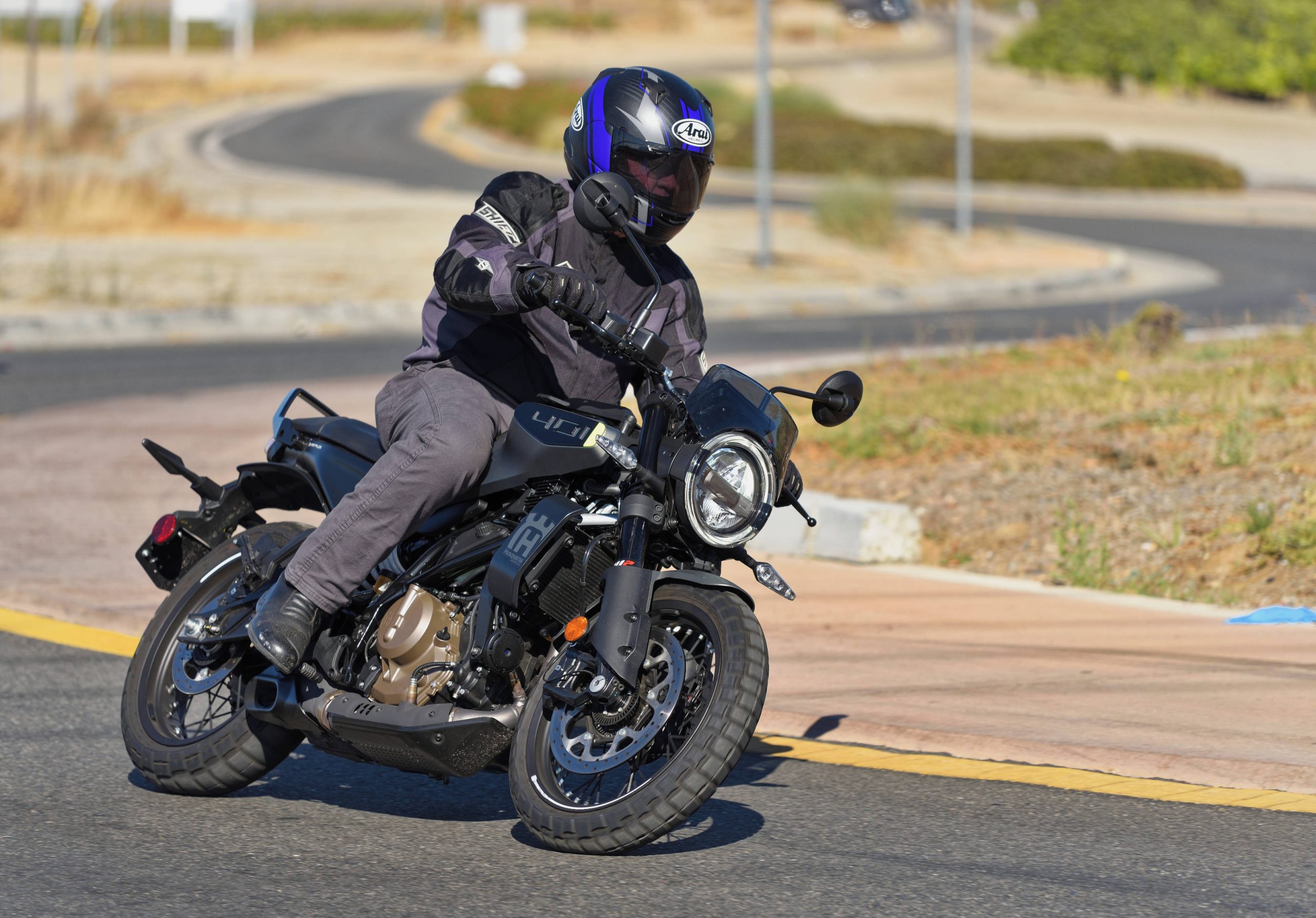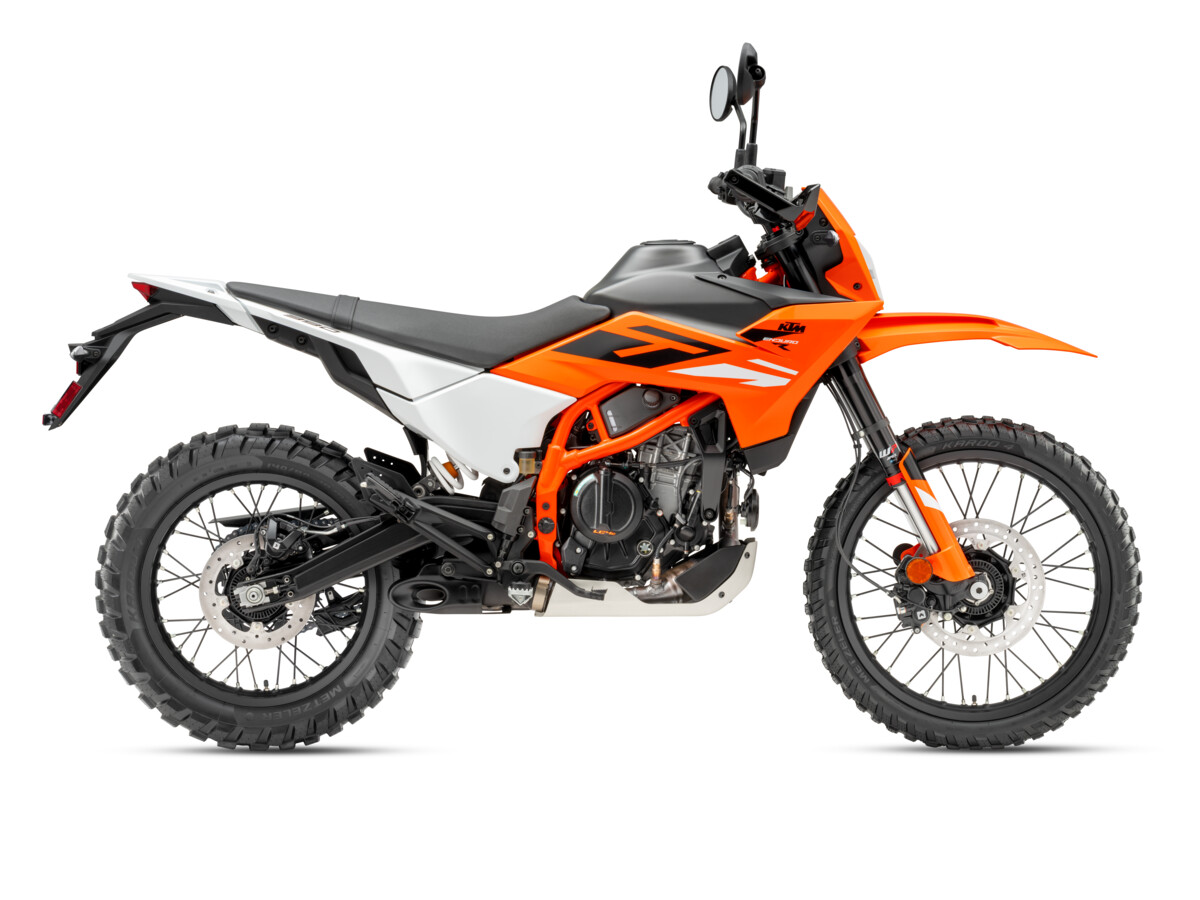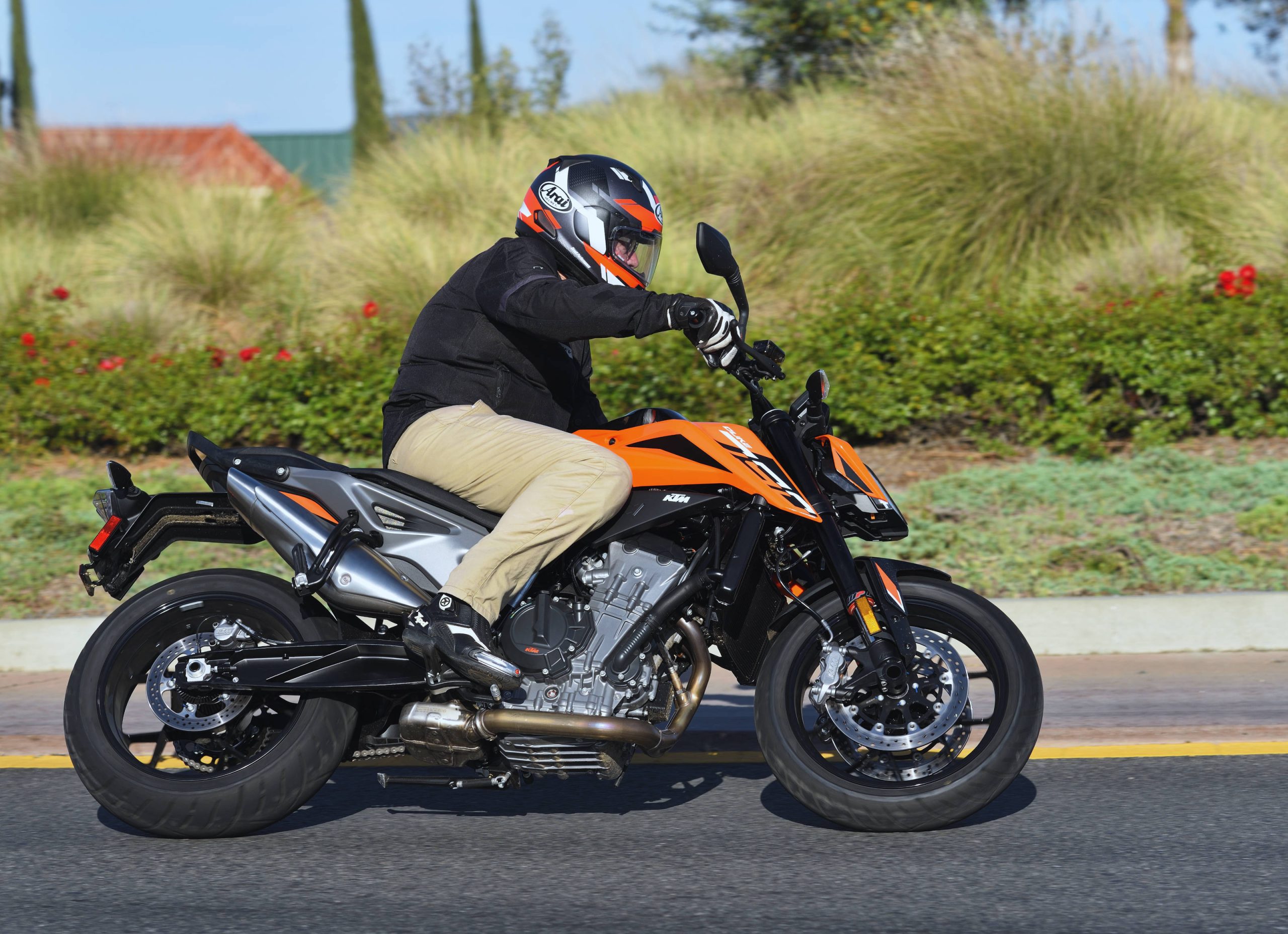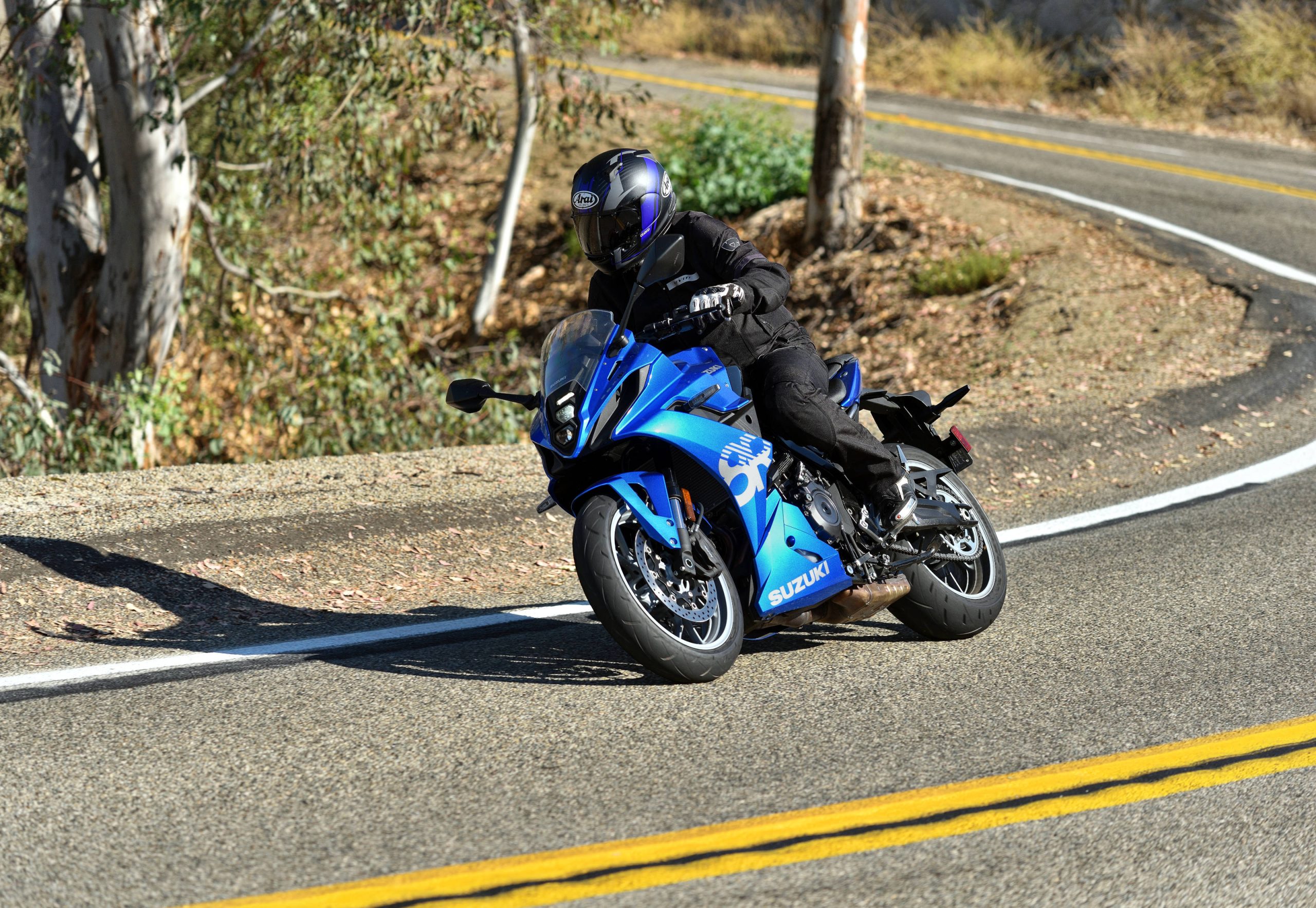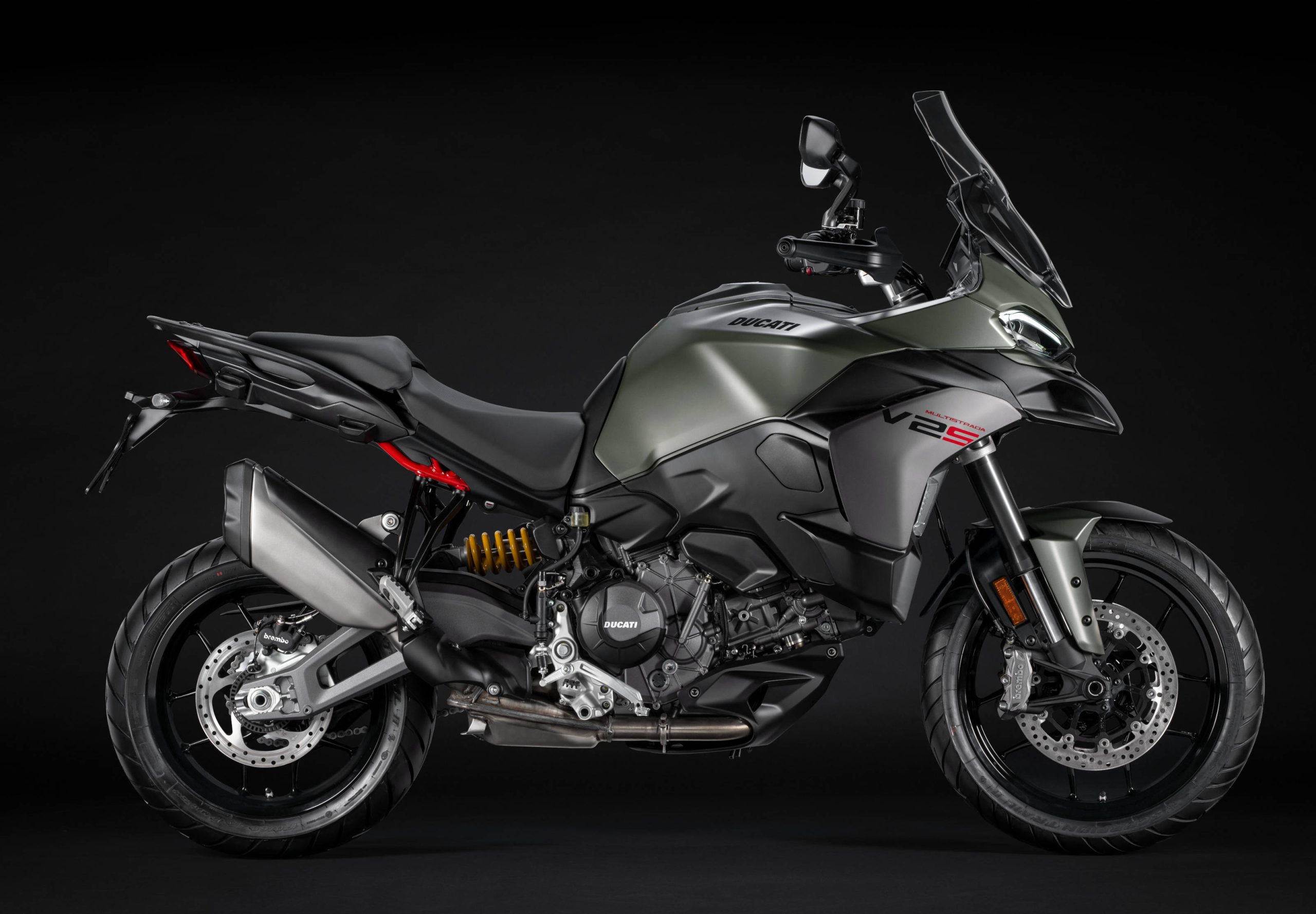The engines found in today’s sportbikes bring to the market an unprecedented level of performance and technological sophistication. With 600cc sportbike engines producing over 100hp at the wheels, and 1000cc motors putting down 160whp, the major manufacturers are approaching the range of 200hp per liter – all this when 100hp per liter is still considered an extremely impressive output from a factory automobile engine.
The relentless pace of sportbike engine development is undoubtedly dictated by the consumer – that is, a manufacturer will make more sales if they can advertise their bike as the most powerful machine in its category. Regardless of whether the consumer needs more performance from his sportbike, he definitely wants more. The manufacturers, of course, are all too happy to give the consumer more performance, in exchange for more of said consumer’s hard-earned dollars.
At some point in the future we will find a limit to the amount of horsepower that can be produced by an engine built within certain constraints – these constraints being the type of fuel used (91 octane pump gas), the need to fit within the confines of a sportbike chassis, and the need to be reasonably controllable by the rider. As development gets closer and closer to this peak, progress will necessarily become slower, and big steps in power production will be found only by the application of radical new technologies – the continuing optimization of current parts will only produce relatively small power gains.
Since we are certain that the manufacturers will continue to strive to produce more powerful engines for their popular sportbikes, we have decided to publish a series of articles discussing some of the areas where improvements are likely to be made in years to come. This article, the first in a series, will discuss the design of sportbike camshafts.
Anyone who has ever opened up the cylinder head of a sportbike (or visited howstuffworks.com) knows that the camshaft(s) exist to open and close the intake and exhaust valves, letting fresh air/fuel mixture flow into the combustion chamber, and releasing combustion byproducts out through the exhaust system. Before we get into how advances in camshaft technology will affect future sportbike engines, first we have to discuss how current sportbike camshaft design is a limiting factor.
At any given RPM, there is only one ‘optimum’ camshaft profile (the shape of the lobe which dictates how far the valves open, how long they remain open, and the rate at which they open/close). This ‘optimum’ profile is dictated by the characteristics and geometry of the motor, and is not extremely difficult to figure out. If you gave several expert camshaft designers an engine, and a specific RPM at which you desired peak performance, each of them would likely design a very similar camshaft profile.
The limiting factor in camshaft design is compromise. A profile that produces optimum power at one RPM will be less than optimum at a different RPM, and the larger the difference in RPM, the more dramatic the difference in performance. Thus, a camshaft optimized for performance at 15,000 RPM (a common upper range for modern 600cc sportbike engines) would perform poorly at 9,000 RPM, and very poorly at 6,000 RPM.
Even though modern sportbikes are producing some incredible horsepower figures, it is certain that even more peak power is available through the use of camshafts optimized for high-RPM performance. However, in order to maintain street rideability, the manufacturers are required to install a ‘compromise’ camshaft, i.e. one which trades some high-RPM performance for rideability and power production in the low- and mid-range.
Although in the motorcycle world, nearly all production bikes use a ‘traditional’ camshaft design, automotive engineers have been more daring – likely because compromises in low-rpm performance are less acceptable in a vehicle that weighs ~3000lbs. Several car companies have developed systems that reduce the compromise necessary in camshaft design.
Honda automobiles, for example, have been using a system called ‘VTEC’ for more than a decade. A VTEC camshaft has two separate cam lobe designs, and changes between them using an ingenious system that connects and disconnects an extra rocker arm. This allows Honda engineers to design one cam profile for the lower half of the RPM range, and a different profile for the upper half.
Honda has recently started using a newer system that they call ‘i-VTEC’. This combines the cam-profile switching capability of their traditional VTEC with a small motor on the end of the cam, controlled by the ECU, that can advance or retard the cam (making the valves open and close earlier or later) to help optimize performance even further for whatever RPM range is being used. Toyota (who in the past have worked closely with Yamaha on engine development) has a nearly identical system called VVT-i.
Other companies have developed their own solutions – Ferrari, for example, uses camshafts that have a longer lobe, cut in a three-dimensional profile, with one end being optimized for lower-rpm performance, and the other end for higher RPM. As the motor RPM increases, the entire cam slides across the cylinder head, moving the rocker arm (which opens and closes the valve) across the cam lobe towards the more aggressive, high-RPM profile. BMW has their VANOS, a system that advances and retards the camshafts based on instructions from the ECU. BMW has also implemented a system called Valvetronic, which allows the ECU to vary the amount of lift (how far the valve opens) depending on the RPM range.
So far, few production motorcycles have implemented any type of variable-camshaft technology. Honda says its Interceptor has ‘VTEC’, but the system it uses is not the same as the VTEC system on Honda automobiles, and it doesn’t actually vary the valve timing or lift at all – instead, it uses only two valves (one intake and one exhaust) at low RPM, then switching to four-valve operation at high RPM.
The absence of variable camshafts seems strange, because sportbike engines in particular seem to be begging for this technology – the very broad range of RPM over which a typical sportbike engine operates makes it very difficult to design one camshaft profile giving adequate performance at all RPM. A sportbike with variable camshaft technology could make more power and torque in the lower RPM (increasing rideability) AND produce more high-RPM power.
Some Interceptor owners have complained about a significant ‘step’ in power production when the “VTEC” system activates – often saying that the bike becomes difficult to control in some situations because of this step. Newer variable camshaft systems reduce or eliminate any harsh steps in power delivery by varying the camshaft’s valve actuation slowly over the whole RPM range, rather than remaining static until a certain RPM and then making an abrupt switch to a vastly different cam profile.
The only logical reasons why these systems have yet to be applied to bikes are weight and cost – existing systems have been designed almost exclusively for cars, and minimizing their size and weight for sportbike use may be prohibitively expensive. Of course, we all know that the inevitable march forward will eventually lead to lighter, smaller, cheaper parts, and so it is only a matter of time before we see modern variable camshaft technology applied to sportbikes.
Stay tuned for the rest of our articles about the sportbike engine of the future, where we will discuss improvements in each area of engine design (intake, rotating assembly, exhaust, fueling, etc.) as well as focus specifically on promising technologies like direct injection.

